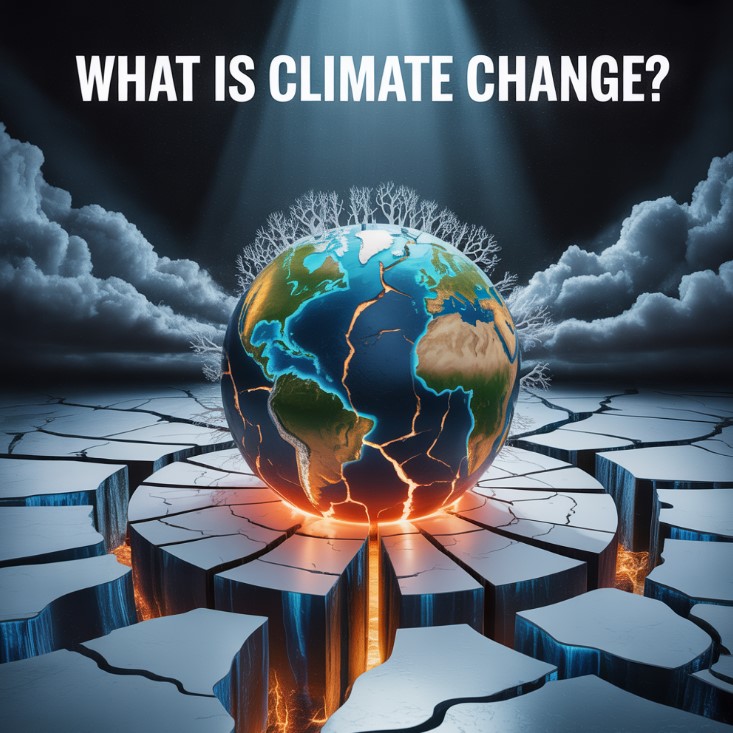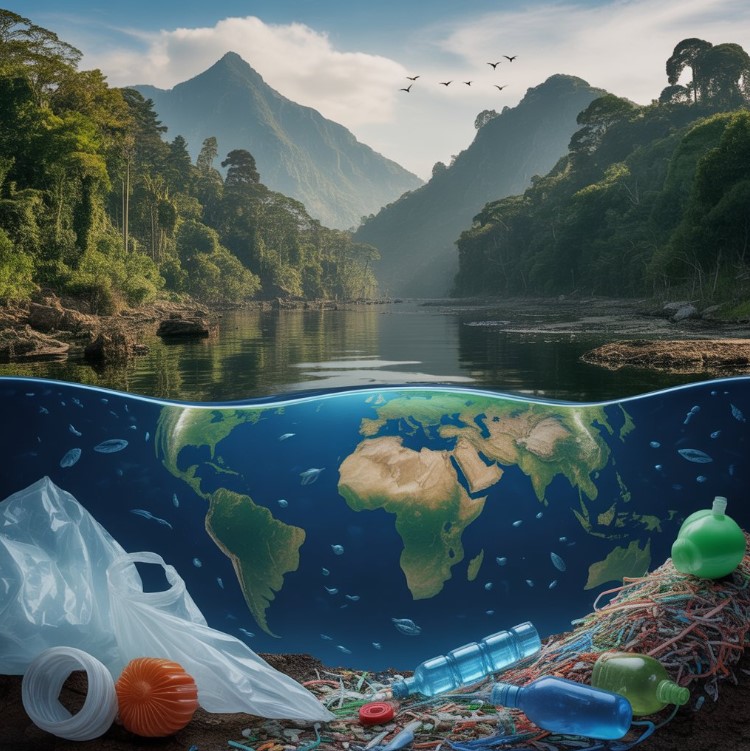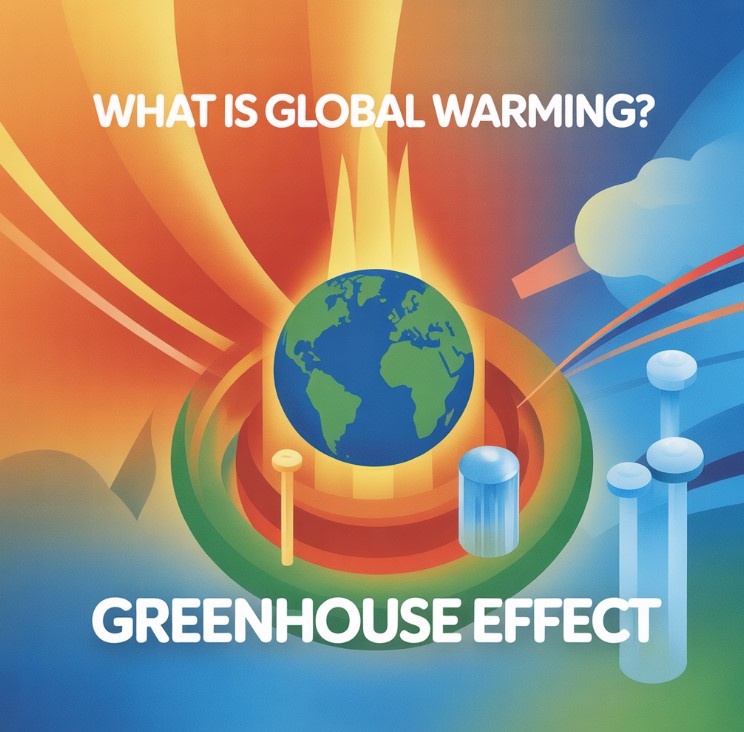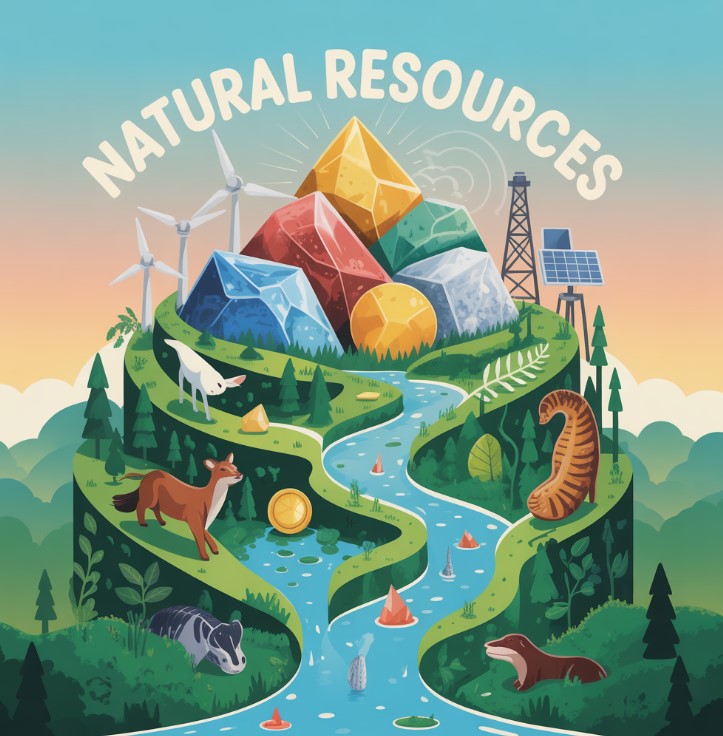Contents
Understanding climate change requires recognizing the causal chain linking human intervention and the burning of fossil fuels to a planetary energy imbalance, which manifests as global warming, drives extreme weather, and produces compounding effects of climate change that demand a systemic shift toward sustainable energy.
What is Climate Change? A System Under Pressure
To answer the fundamental question, what is climate change?, we must look beyond simple weather patterns. It describes a persistent alteration in the Earth’s climate system, primarily defined by a fundamental energy imbalance—more of the sun’s energy is being trapped than is being radiated back into space. The overwhelming scientific consensus confirms that the impact of human activities on the planet is the principal driver of the current, rapid phase of climate change. This is distinct from short-term atmospheric behavior, which highlights what is the difference between climate and weather.
| Feature | Weather | Climate |
|---|---|---|
| Timeframe | Short-term (minutes, hours, days, weeks). It is the state of the atmosphere at a specific time and place. | Long-term (decades, centuries). It is the statistical average of weather, representing a system’s expected behavior. |
| Mechanism | Represents immediate atmospheric dynamics and energy transfer. | Represents the planet’s overall energy budget and its long-term state of equilibrium or disequilibrium. |
| Predictability | Highly variable and predictable only days in advance. | A stable system with patterns that are predictable over long periods, which are now being disrupted. |
This table clarifies that climate change is not merely a change in weather, but a systemic disruption to the planet’s long-term energy balance, leading to new, less predictable statistical norms.
The Primary Cause of Modern Climate Change: Anthropogenic Forcing
The primary causes of climate change today are not rooted in natural cycles but in anthropogenic (human-caused) forcing of the climate system. This forcing is chiefly a result of human intervention that has drastically altered the composition of the atmosphere, intensifying the natural greenhouse effect.
The core mechanism of how does human industrial activity cause global warming? involves disrupting the carbon cycle:
- Release of Sequestered Carbon: The large-scale burning of fossil fuels (coal, oil, and gas) releases vast quantities of carbon that were sequestered underground for millions of years. This action injects carbon into the active carbon cycle at a rate far exceeding what natural systems can absorb.
- Enhanced Greenhouse Effect: Greenhouse gases like carbon dioxide (CO2) and methane are transparent to incoming shortwave solar radiation but are very effective at absorbing and re-radiating outgoing longwave infrared radiation (heat). The increased concentration of these gases traps additional heat that would otherwise escape to space.
- Accumulated Warming: This persistent energy surplus leads to a gradual but steady increase in the average temperature of the atmosphere and oceans, a process known as global warming.
While external causes of climate change, like minor solar variations, and internal causes of climate change, like volcanic activity, have always existed, their influence is dwarfed by the current impact of human emissions. The critical factor is the unprecedented rate of change, which prevents ecosystems and climate subsystems from adapting.
Compounding Effects of Climate Change: Cascades and Feedback Loops
The effects of climate change are not isolated incidents but interconnected components of a cascading system, often creating positive feedback loops that accelerate the initial warming. These are not just future risks; they are ongoing climate disasters.
Key Interconnected Effects:
- Amplified Warming and Sea-Level Rise: One of the most severe consequences of the melting of the poles is the ice-albedo feedback loop. As bright, reflective ice melts, it reveals the darker ocean or land beneath. This darker surface absorbs more solar energy, which in turn causes more warming and more melting. This cycle accelerates global warming. Concurrently, melting glaciers and the thermal expansion of seawater (warmer water occupies more volume) directly contribute to rising sea levels.
- Intensification of Extreme Weather: A warmer atmosphere holds more moisture. This supercharges the water cycle, leading to more intense rainfall events and flooding in some regions, while intensifying droughts in others. The excess energy in the oceans acts as fuel for more powerful tropical cyclones, transforming normal storms into events of extreme weather.
- Ocean Acidification: The oceans have absorbed approximately 30% of the CO2 released by human intervention. When CO2 dissolves in seawater, it forms carbonic acid, lowering the ocean’s pH. This acidification directly harms marine calcifying organisms, such as corals and shellfish, by corroding their shells and skeletons, which threatens entire marine food webs.
Systemic Solutions: Measures Man Can Take to Stop Climate Change
Addressing climate change demands a systemic transition away from our current high-emission paradigms. The core strategy involves reducing the burning of fossil fuels and redesigning our energy, food, and industrial systems.
Key measures man can take to stop climate change include:
- Decarbonization of the Energy Sector: This involves a rapid, global transition to sustainable energy. We must prioritize sustainable alternatives for obtaining energy by investing heavily in clean alternative energy sources such as solar, wind, and geothermal power. This is the most critical form of alternative energy deployment.
- Nature-Based Climate Solutions: We must adopt sustainable agricultural patterns for climate that reduce emissions (e.g., from fertilizers and livestock) and enhance carbon sequestration in soils. Protecting existing forests and large-scale reforestation are vital for drawing CO2 out of the atmosphere.
- Circular Economy and Efficiency: Shifting from a linear “take-make-waste” model to a circular economy reduces the energy demand for raw material extraction and manufacturing. Simultaneously, enforcing stringent energy efficiency standards for buildings, transport, and industry can drastically cut energy consumption.
FAQ: Deepening Understanding of Climate Change
Q1: How does human industrial activity cause global warming?
Human intervention, specifically industrial activity, causes global warming by burning fossil fuels and releasing ancient, sequestered carbon into the atmosphere as CO2. This gas enhances the greenhouse effect by trapping outgoing heat (longwave radiation), creating a planetary energy surplus that steadily warms the globe.
Q2: What are the main consequences of the melting of the poles?
The primary consequences of the melting of the poles are global sea-level rise from both meltwater and thermal expansion of the oceans. A critical secondary consequence is the ice-albedo feedback loop, where the loss of reflective ice accelerates global warming.
Q3: What are some clean alternative energy sources?
Clean alternative energy sources are technologies that generate electricity without emitting greenhouse gases. Key examples of this alternative energy include solar photovoltaics, onshore and offshore wind turbines, geothermal power plants, and modern hydropower. These forms of sustainable energy are central to any effective climate solution.
Conclusion: The Urgency of Systemic Change
The science is definitive: climate change is a systemic crisis driven by human intervention that is disrupting the Earth’s energy balance. Its causes are well-understood, and its effects, including more frequent extreme weather, are creating feedback loops that threaten global stability. A rapid and complete transition to sustainable energy and circular economic models is not merely an option but an imperative for preserving a habitable planet.





